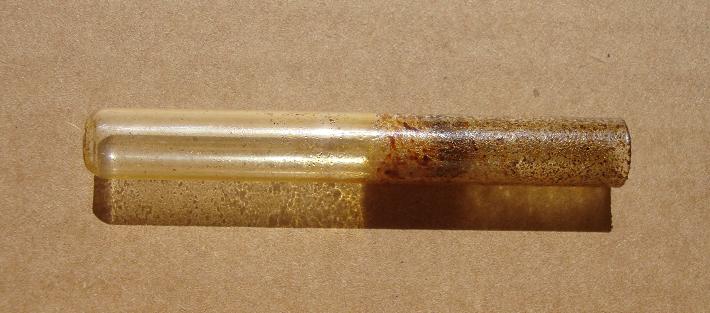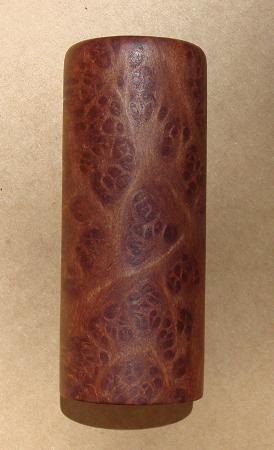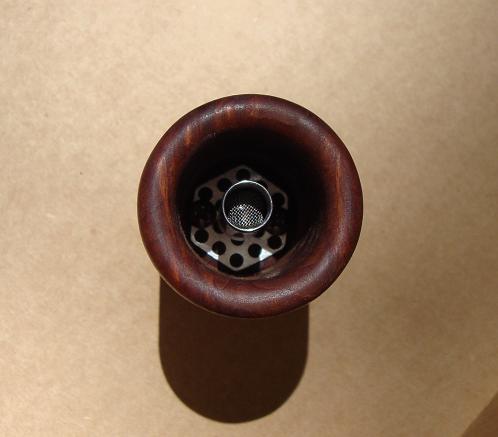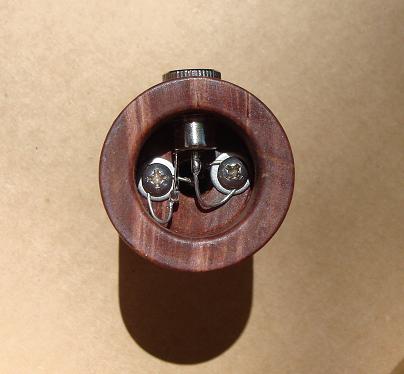HoneyAir
Well-Known Member
I was on the list a year and 2 months before I got mine... that of course includes a long downtime in which Alan moved and setup a better workshop that moves along at a much better pace. So it won't be that long for you.
It costs nothing to get on the list, so send Alan an email to get yourself on the list. You can always turn it down when your number comes up if the timing is bad, but I don't think anyone has done that yet.
It costs nothing to get on the list, so send Alan an email to get yourself on the list. You can always turn it down when your number comes up if the timing is bad, but I don't think anyone has done that yet.



 At times I could see the stress in his eyes from this situation, and it was at this precise time that I would lead in with my best 'Steve Perry' voice, "Well you shoulda been gone"!!
At times I could see the stress in his eyes from this situation, and it was at this precise time that I would lead in with my best 'Steve Perry' voice, "Well you shoulda been gone"!!  He would usually reply with,
He would usually reply with, 





 Have fun everyone
Have fun everyone


